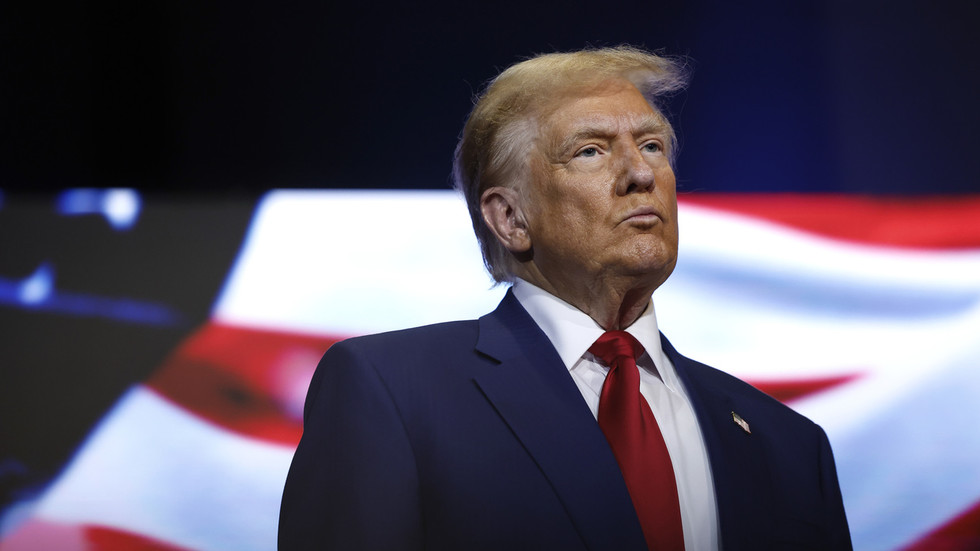The prospect of Donald Trump assuming the presidency once more has stirred a mixture of apprehension and hope regarding the potential shifts in U.S. foreign policy. With his victory in the recent election, supporters of the Biden administration’s foreign policy have voiced concerns, while detractors anticipate a transformation. Experts speculate that a Republican-led administration under Trump could signal notable policy adjustments, especially considering the strengthened Republican majority in Congress, particularly in the Senate, which holds influence over foreign affairs. However, despite such favorable circumstances for Trump’s policy agenda, the fundamental orientation of U.S. foreign policy is expected to remain largely unchanged.
Historical contexts from Trump’s first term illustrate that radical shifts in U.S. foreign policy may not be forthcoming. During his previous presidency, Trump made bold promises, such as dismantling NATO and building closer ties with Russia, yet those proposals fell short in practice. Notably, while he pressured NATO allies to increase defense spending, this stance inadvertently reinforced alliance unity, as it led European nations to take greater responsibility for their security. Additionally, his initial overtures toward a warmer relationship with Russia did not result in substantive improvements but rather coincided with increased sanctions and support for Ukraine. Moreover, Trump’s trade policies towards China represented a continuation of the Obama administration’s “pivot to Asia” and the broader containment strategy, indicating that his foreign policy was characterized by tactical changes rather than foundational shifts.
A pivotal issue for Trump’s prospective second term is the ongoing conflict in Ukraine. He has expressed intentions to bring an end to the hostilities, but his commitment to increasing U.S. aid has been uncertain, suggesting a preference for European nations to shoulder greater responsibility. Trump’s contradictory sentiments about Russia, including both praise for President Putin and condemnation of Russian aggression in Ukraine, further complicate perceptions of his intended approach. He may seek a resolution to the conflict that prioritizes negotiations but at potential costs to Ukraine, with concessions likely more unfavorable given the current battlefield dynamics. This pragmatic turn may reflect Trump’s focus on achieving a perceived resolution while simultaneously reducing military support, which could pressure Ukraine into compromising its position.
The notion of institutional inertia plays a crucial role in tempering expectations for radical shifts under a new Trump administration. U.S. foreign policy decision-making is deeply rooted in bureaucratic processes and requires navigating a complex landscape of interests among diverse political actors. Even with presidential authority, Trump would need to work in concert with Congress, where a bipartisan consensus often dictates key policy areas—such as the containment of Russia and China and unwavering support for NATO and Israel. This consensus limits the ability for a president to effect sweeping changes, suggesting that Trump’s administration will focus more on tactical shifts within a sustained strategic framework.
Consequently, a potential second Trump term is expected to manifest in a more pragmatic foreign policy strategy. Trump is likely to adopt a harder stance toward China, advocate for a reallocation of responsibilities within NATO, and reduce U.S. military support for Ukraine. While these measures could be perceived as significant changes, they may not fundamentally alter the long-term trajectory of U.S. foreign policy. In essence, modifications in tactics under Trump’s leadership might give the appearance of change, but the underlying objectives and strategies geared toward preserving America’s global position will likely hold steady.
Ultimately, the anticipated changes under Trump are expected to reflect a continuity of foreign policy objectives rather than a radical departure. The institutional constraints inherent in the U.S. foreign policy apparatus, alongside prevailing bipartisan beliefs and long-standing strategic interests, suggest that any shifts may be more rhetorical than substantive. As the U.S. navigates an increasingly complex global landscape, the balance between internal political dynamics and external pressures will significantly shape foreign policy actions in the years to come.

